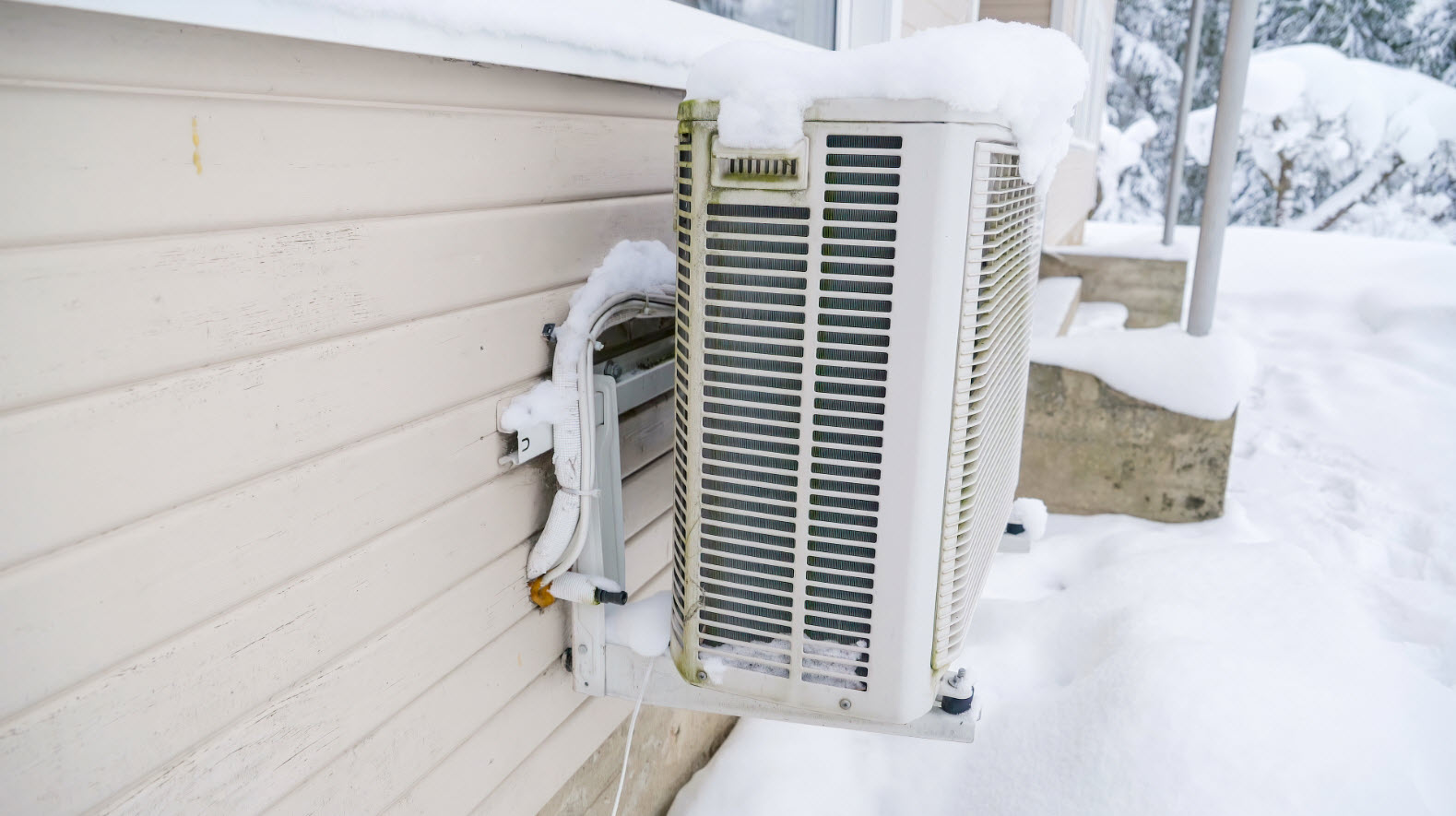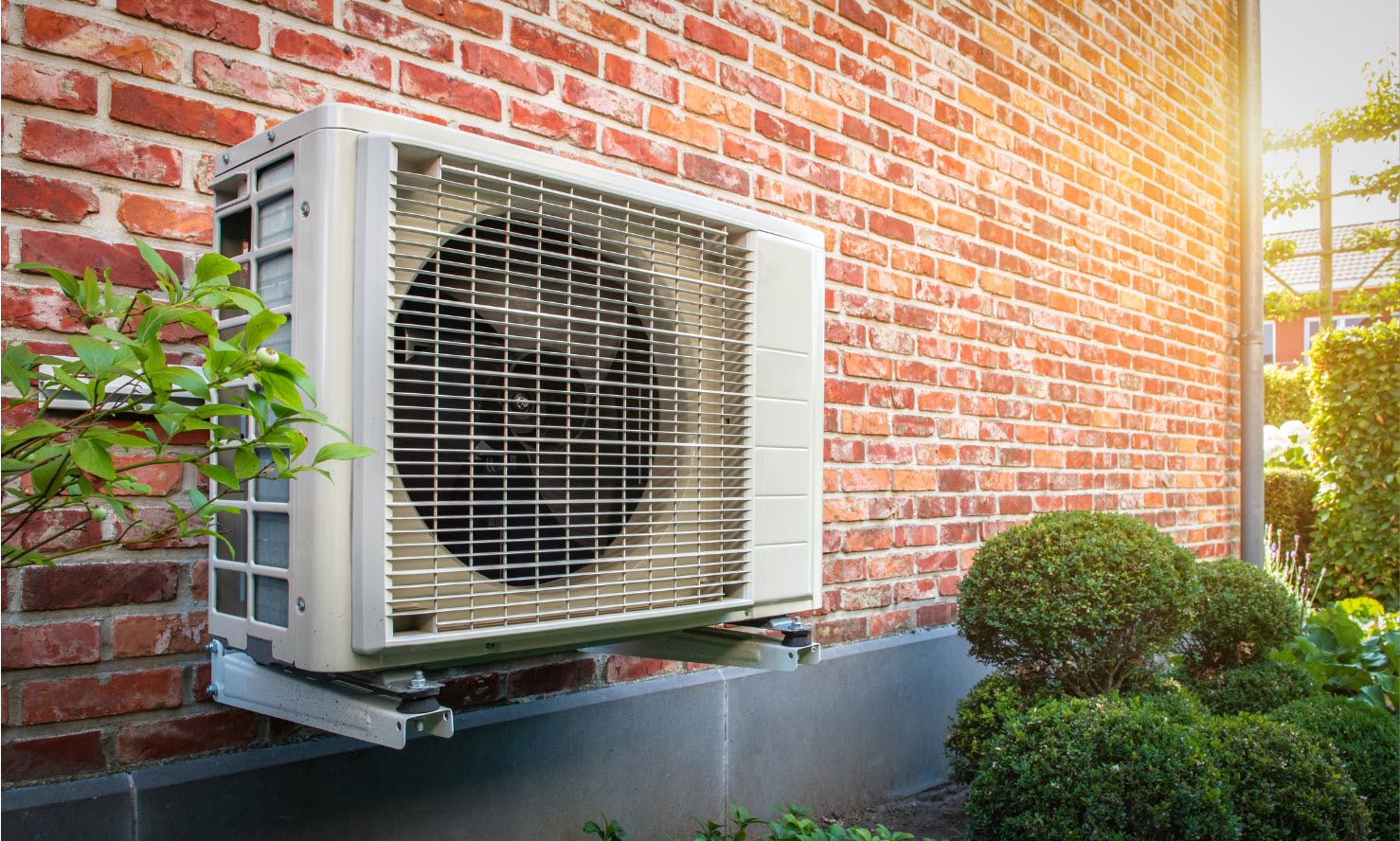We spend more than 80 per cent of our time indoors - whether at home, work, school, shopping, or enjoying recreational activities - it’s no surprise that heating and cooling homes and buildings are responsible for a whopping 46 per cent of Ottawa’s greenhouse gas emissions.
As residents look for ways to shape a more sustainable future, heat pumps are emerging as one of the climate solutions that can save money, reduce emissions, and increase energy efficiency in places where we spend the most time.
What’s in a name?
Contrary to the name, heat pumps do more than just heat. They work by transferring warm air into your home in the winter and transferring heat out of your home to keep it cool in the summer. This is done through a reversing valve allowing you to easily switch from heating to cooling or cooling to heating when needed.
To learn all the ins and outs of how they heat, cool, and everything in between, check out Natural Resources Canada’s heat pump primer.
Can heat pumps handle an Ottawa winter?
Heat pump technology has been around since 1857, and is still being used to this day to heat and cool Geneva City Hall.
While the concept is more than 160 years old, its technology is continuously evolving and now includes cold-climate heat pumps, which are specifically designed to keep buildings warm even when it’s -30 degrees Celsius outside - so they’re perfect for Ottawa’s cold winters. Our friends at BC Hydro have a terrific video that asks the tough question: “Can Heat Pumps Work in Cold Climates?”
In Canada, heat pump adoption has increased from four to five per cent of homes between 2005 and 2019. This is expected to rise to 10 per cent of home heating from heat pumps by 2030 to align with the country’s climate targets.
Interested in shifting your heating source? This buying guide provides useful information and questions to consider.
Out with the old, in with the new
Similar to other major appliance replacements, the optimal time to invest in a heat pump is when the current home heating system (furnace, boiler) is near the end of its life cycle. Keep in mind that a heat pump is not a like-to-like replacement, so some planning is required before your primary source of heating stops working. Based on your type of home and the type of heat pump you’d like installed, it may involve finding space for the unit, modifying ductwork, or running refrigeration lines or wiring into different parts of your home.
While the upfront cost of that work and the heat pump may be more than the traditional gas equipment, you’ll see immediate savings on your utility bills. A mid-range heat pump with installation costs approximately $8,000 (for a small home) and $16,000 (for a larger home). But heat pumps replace both your gas furnace and central air conditioner.
Pump it up to save
According to the Ontario Clean Air Alliance economic and climate analysis, a gas furnace has a maximum theoretical efficiency of 100 per cent because it cannot generate more heat energy than the energy contained in the fuel.
As heat pumps use electricity for power rather than to generate heat, a heat pump can move several units of heat energy with one unit of electrical energy and can achieve average efficiencies of 300 per cent or more1.
Therefore, heat pumps contribute to the energy efficiency and reduction in carbon footprint residents desire with the added benefit of better controlling your indoor temperature and comfort level during heat waves or cold freezes. Ontarians can take even more comfort in their decision to switch since Ontario’s electricity grid is 94 per cent emissions free - so powering a heat pump is much better for the environment compared to alternatives that use fossil fuels.
As for cost savings, the analysis compares the cost of installing a cold-weather air source heat pump to replacing conventional heating and cooling equipment. It finds that over the lifespan of the equipment, the average homeowner will save up to $10,000 or more while significantly reducing emissions. To gauge your potential savings, try this heat pump savings calculator.
Ready to make the switch?
There are several incentives and loans available specifically for heat pumps and even complementary energy efficient upgrades for bigger renovations. With so many rebates available provincially and federally, there’s never been a better time.
The Canada Greener Homes Grant is being co-delivered by Natural Resources Canada and Enbridge Gas in Ontario under the Home Efficiency Rebate Plus (HER+) program. Grants are provided to eligible homeowners for recommended and eligible retrofits such as home insulation, windows and doors, heat pumps and renewable energy systems.
As of January 4, 2023, Ontario homeowners must apply through the Enbridge Gas Home Energy Rebate Plus program (HER+) to be considered for both the provincial grant program, HER+, and the federal grant initiative, the Canada Greener Homes Grant. Thanks to this partnership, applicants can now receive up to $10,000 in rebates. To see how the program works, click here.
Through the Better Homes Ottawa Loan Program homeowners can get a 20-year loan of up to $125,000 with a fixed interest rate of 4.33% to cover the cost of home energy improvements.
Eligible upgrades include insulation, window/door replacements, heat pumps, solar hot water systems, renewable energy and the addition of secondary suites, among many more.
Find out more and apply at betterhomesottawa.ca.
As we work together to build a greener future, heat pumps are just one of the solutions readily available to help meet the demand for more sustainable heating and cooling systems.
1 Heat pump average seasonal efficiencies include all of the energy used by the heat pump over the heating season, including built-in electric resistance backup heaters for very cold days. This analysis uses a more conservative 270% efficiency.


